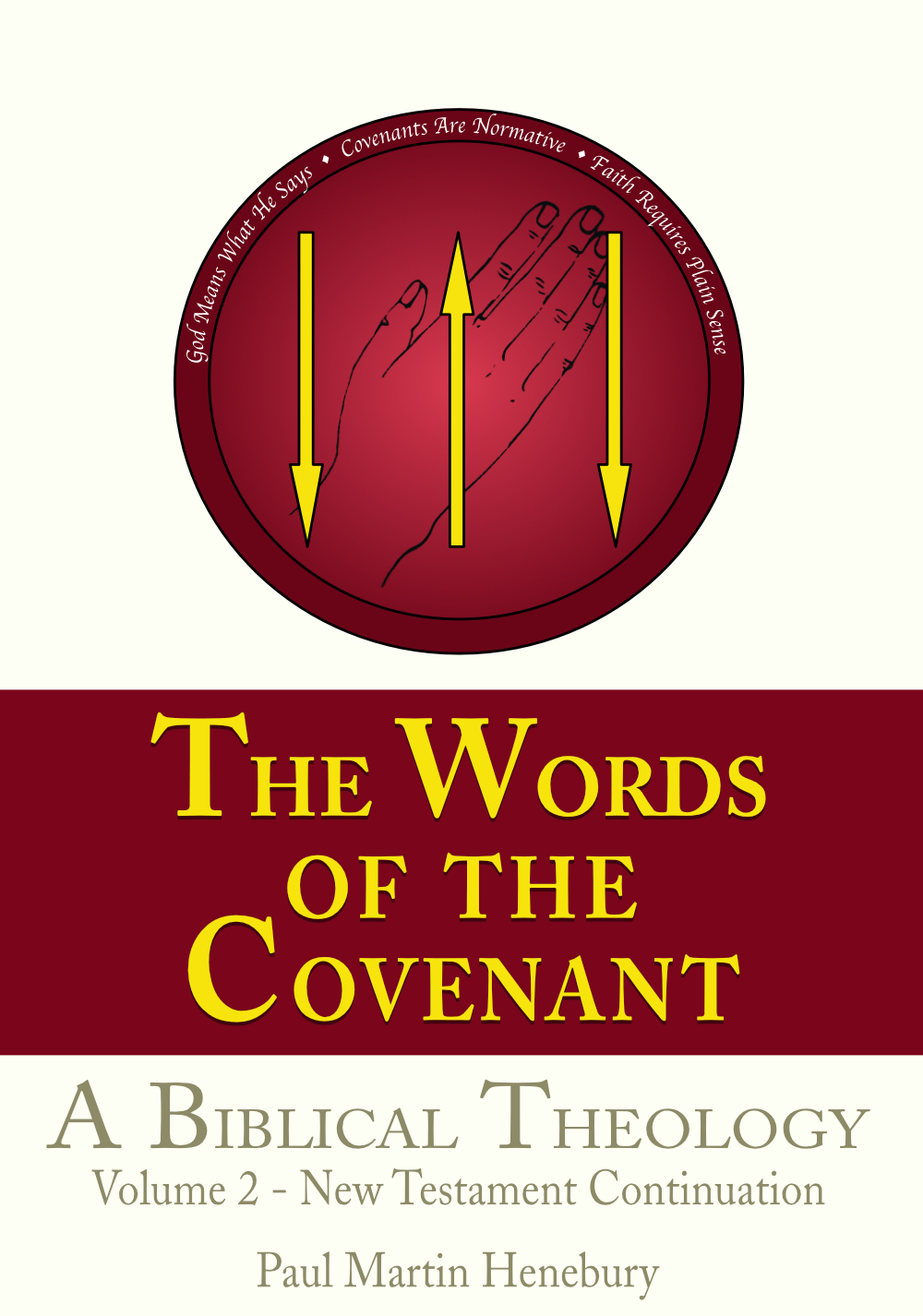Daniel Hummel has written a book that has got a attention recently. The Rise and Fall of Dispensationalism: How the Evangelical Battle over the End Times Shaped a Nation has made a splash because it is an irenic study of the movement. Hummel has written an essay at the Gospel Coalition called “4 Snapshots of Dispensationalism Today.” He makes four points in his essay:
- Pop-dispensational media remains popular among evangelicals.
2. Scholarly dispensationalism has declined in recent decades.
3. The effect of these two trends on evangelicalism has been mixed.
4. Pop-dispensationalism isn’t as relevant to national politics as it once was.
I believe Hummel is right on all points. He is correct in his overall assessment of the state of Dispensationalism. There are many factors involved, some of which I have highlighted previously (e.g., here, here and here). For many years I have referred to myself as a “reluctant dispensationalist.” In fact, I much prefer to be called a “biblical covenantalist.” Hummel’s thesis ought to be read. My purpose below is to give a personal diagnosis of where I think the issues Hummel identifies lie. He describes the symptoms. I try to locate the “disease”
Here then, are the major ailments:
- Lack of Solid Methodology.
When I was writing my dissertation on theological prolegomena I noted that Dispensationalists have not put forward a thoroughly worked out methodology. Here is where Ryrie’s sine qua non should be discussed (I personally believe the divine covenants are a sine qua non). Also, questions such as whether the dispensations are exegetically justified, or whether they are given theological prominence by the inspired writers, or what does it mean (if it does mean anything) to say that Dispensationalism is a hermeneutic? Again, is Dispensationalism a full-orbed Systematic Theology and Worldview or is it a more humble and elementary “system?”
2. Lack of Self-Criticism.
Dispensationalists have been good at writing in defense of their views, but they have too often not taken pains to explore weak areas in their position. This of course is because of Point 1 above.
3. Lack of Scholarly Books and Publishing Opportunities for Young Scholars.
Think of any Bible book other than Daniel, Ephesians, and Revelation. Then ask yourself what are the best scholarly commentaries on the other biblical books. Where do Dispensational works come in? (I will grant Darrell Bock’s work on Luke and Acts). What about Bible dictionaries? Systematic Theologies? Biblical Theologies? How about a Theology of Paul? And where are the opportunities for young scholars to get their work published within Dispensational avenues? Covenant and New Covenant Theology seem to do far better in this area than Dispensational Theology.
4. Lack of Consensus on the New Covenant
I have complained quite a bit about this in the past. In the forthcoming book The Words of the Covenant: NT Continuation I go into this quite a lot. The blunt truth is, the teaching of many Dispensationalists who deny that the Church is a full party to the New covenant looks strange to many students of Scripture.
5. Lack of Christ-centered Theology
This is a big one in my opinion. Reformed Covenant Theology is very Christological in its orientation. Of course, their redemptive-historical hermeneutic and their way of interpreting the OT through the NT distorts their understanding, but they do focus the attention of the reader on Christ. Added to this their view that Christ is reigning now increases the Christological optics. Dispensationalism on the other hand, is not as Christologically centered. I think this in part is because it structures itself by dispensations, and dispensations do not point to Christ; covenants do!
I think that confining Dispensationalism to ecclesiology and eschatology exacerbates the problem because it encourages one to think in those terms rather than in more overarching holistic terms. But more on that next time.
